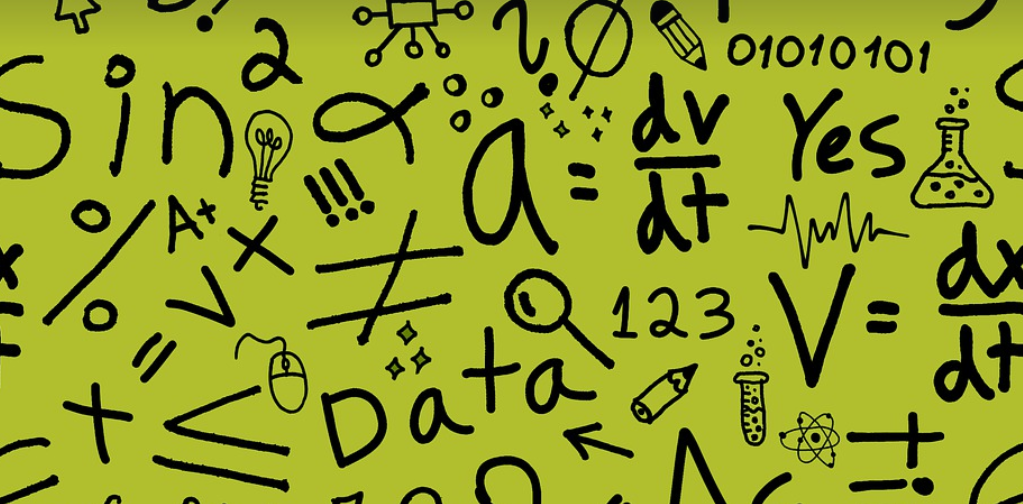
What is Progress Monitoring in Special Education?
Progress monitoring in special education focuses on regularly checking how students are learning and growing over time. It’s like having a roadmap, showing you where the student stands compared to their own goals and where they might need extra support.
Imagine it like this: You’re driving down a road with your hands on the wheel. A speedometer helps you understand how fast you’re going – that’s progress monitoring! But for students, understanding how much they are progressing is crucial to giving them tools and strategies to reach their full potential.
Progress monitoring helps teachers adjust teaching plans and interventions to better meet the needs of individual students. By tracking student progress over time, teachers can identify learning gaps early on and provide targeted support. This allows for efficient use of resources and ensures everyone is working toward the same goal – a successful outcome for the student.
Why Progress Monitoring Matters: It’s About More Than Just Grades
Progress monitoring isn’t just about numbers; it’s about understanding how students are learning and growing. It provides valuable insights about their strengths, challenges, and needs, allowing for a more personalized learning experience.
Here’s why progress monitoring is so crucial: * **Early Intervention:** Progress monitoring allows educators to identify learning difficulties early on, before they lead to significant gaps in achievement. This early intervention can prevent larger problems down the road. * **Individualized Learning Plans:** By understanding a student’s progress, teachers can create more tailored and effective Individualized Education Programs (IEPs) that address their specific needs.
Top Tools for Progress Monitoring: A World of Options
The good news is there are tons of tools available to help special education professionals make the most of progress monitoring. These tools can range from simple, low-tech methods to sophisticated software solutions designed specifically for special needs students.
Here’s a closer look at some popular options:
* **Formal Assessment:** This includes standardized tests, state-mandated assessments, and district-specific tests. These tools offer a broader picture of student learning across various domains but often lack the personal touch required to understand individual needs.
* **Informal Assessments:** You can use informal observations and checklists, parent surveys, and anecdotal records to gather information about students’ progress. This allows for a more holistic understanding of their skills and learning patterns. * **Curriculum-Based Measurement (CBM):** CBM tools utilize classroom curriculum materials to create frequent assessments in specific subject areas. These are simple to implement and help identify student growth over time. * **Anecdotal Notes:** Teachers can use descriptive notes, rubrics, or checklists to track individual students’ progress throughout the day. This allows for a more detailed understanding of their performance, including social-emotional aspects. * **Online Progress Monitoring Tools:** These platforms offer user-friendly software that tracks student performance on various skills and tasks, often with built-in reporting features for teachers. Some even integrate with existing learning management systems (LMS) to streamline the process.
Choosing the Right Tool: Factors to Consider
Selecting the best progress monitoring tool is crucial for effective results. Here are some factors to consider when making your choice:
* **Student Needs:** What specific skills and areas of learning do you need to track? Are you focusing on reading, writing, math, or something else entirely? The tool should be designed to address those particular needs. * **Your Resources:** Consider time, staffing, budget, and technical expertise when choosing a tool. Some tools require training and support from specialists, while others are user-friendly. * **Data Analytics:** How important is detailed data and reporting? Look for tools that offer customizable reports, graphs, and dashboards to visualize student progress over time. * **Ease of Implementation:** Choose a tool that fits well with your existing workflow. If you have a specific curriculum in place, ensure the chosen tool integrates smoothly into your teaching practices.
The Power of Collaboration: Working Together for Success
Effective progress monitoring is not just about using tools. It also involves strong collaboration between teachers, parents, specialists, and sometimes even students themselves.
* **Sharing Data:** Regular communication between team members ensures everyone stays informed about the student’s progress. Having a clear understanding of individual needs empowers teachers to implement targeted interventions and support strategies. * **Parent Involvement:** Keeping parents engaged in their child’s education fosters trust and promotes active participation. Sharing progress reports with parents can make them feel more involved and empowered in helping their children reach their full potential.
The Future of Progress Monitoring: Evolving Technology Makes It Even Better
Technology continues to revolutionize the field of special education, paving the way for increasingly sophisticated tools designed for progress monitoring.
* **Artificial Intelligence (AI):** AI-powered platforms are making a mark in progress monitoring by analyzing large data sets of student performance and providing personalized insights. These platforms can predict potential learning difficulties before they become serious problems. * **Virtual Reality (VR) and Augmented Reality (AR):** Innovative technologies like VR and AR are starting to impact the world of special education. They provide immersive experiences that help students with diverse needs learn specific skills in a fun and interactive environment. * **Personalized Learning Pathways:** The future holds exciting possibilities for personalized learning pathways powered by data analysis and AI, allowing students to progress at their own pace while receiving tailored support.
Let me know if you’d like a more detailed explanation of any specific aspect mentioned in the blog.




